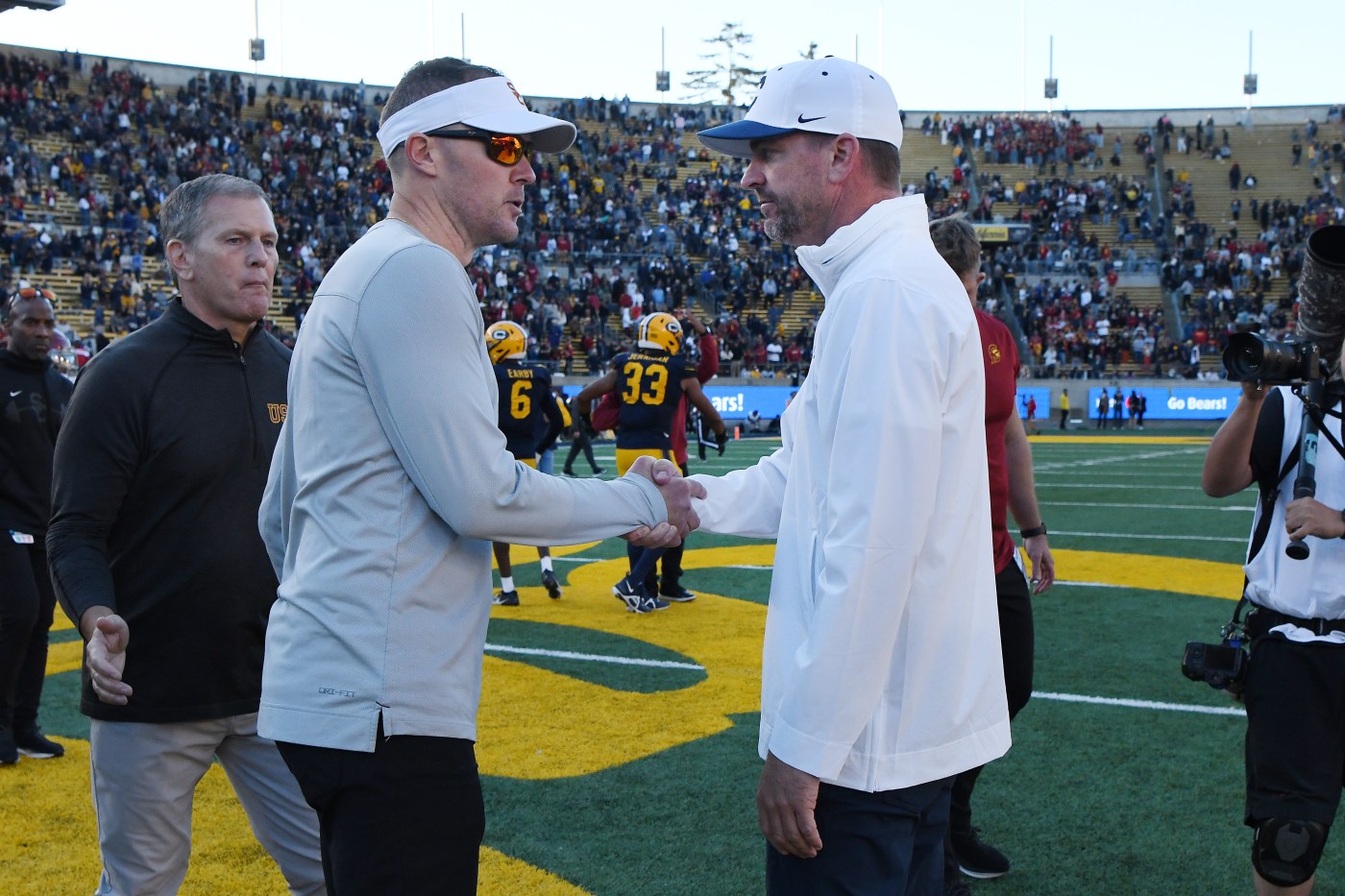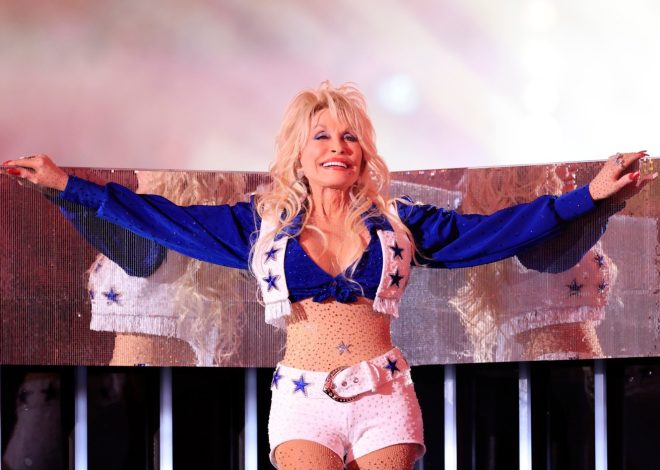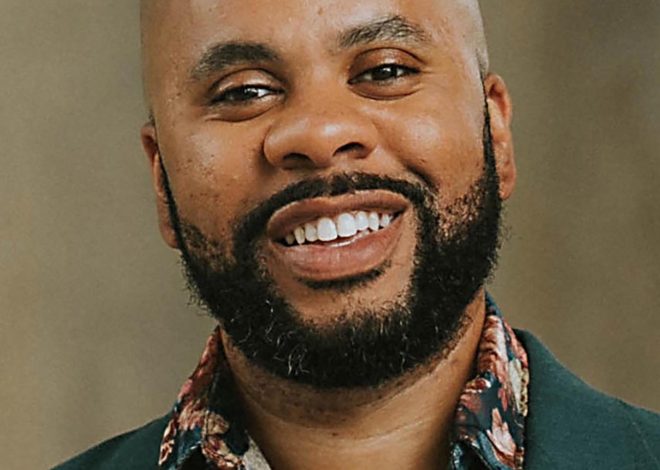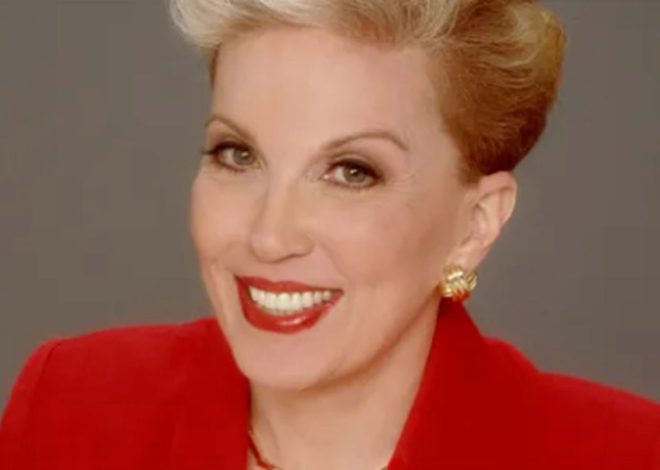
The current and former Pac-12 schools are struggling (collectively): “There’s no question the travel has played a significant role”
The first week of the first season of their new existence could not have gone much better for the 12 teams that once competed together in the Pac-12. All but one was victorious. Four appeared in the Associated Press Top 25 poll a few days later. None looked worse for the wear after two years of off-the-field tumult.
Since then, reality has extracted a pound of flesh.
Coaches are under intense criticism. Injuries are pervasive. Travel is taxing. And losses are mounting.
By one measure, the 12 are struggling as never before.
Only top-ranked Oregon appears in this week’s AP poll, marking the first time the collection of 12 schools does not have at least two representatives in the Top 25 at this point in the season since the Pac-12 expanded in 2011.
(Note: We’re excluding 2020, when the Pac-12 hadn’t started competition because of COVID, and 2021, when the impact of COVID restrictions on offseason workouts was felt in-season.)
It’s not a regional regression, because No. 11 Brigham Young and No. 17 Boise State are doing just fine, thanks.
It’s a Pac-12 issue — a former Pac-12 issue, specifically.
As is typically the case with multi-school trends, there is no single explanation. But one of them leaps off the screen, at least for a subset of the departed schools.
“They started well in non-conference play, which complicates the conversation,” said Brock Huard, the Fox Sports analyst and former Washington quarterback. “As they have gotten into Big Ten play, there’s no question the travel has played a significant role.”
As a member of Fox’s No. 2 broadcast team, Huard has called games involving seven of the 12 schools. In addition to film study, he participates in hours of production meetings each week with the head coaches, coordinators and key players.
Huard declined to disclose the specifics of private conversations but said there is plenty of talk “behind the scenes” about the demands of cross-country travel.
Washington lost at Rutgers and wasn’t competitive at Iowa.
USC lost at Michigan, Minnesota and Maryland, blowing fourth-quarter leads each time.
UCLA was beaten soundly at Penn State but conjured a surprising victory at Rutgers.
“There’s no question,” Huard said. “It’s an excuse and an explanation — the early kicks and the amount of miles are playing a role. Oregon’s roster is stocked to deal with it. That’s not the case for the others.”
Life in the ACC is no better for Stanford and Cal, which are 1-7 (combined) in conference play.
The travel demands aren’t as daunting for the schools that entered the Big 12, but they have other issues.
Colorado and Arizona State are both 5-2 and qualify as pleasant surprises, although neither has performed well enough consistently enough to crack the AP rankings.
Meanwhile, Utah and Arizona are trapped in three-game losing streaks.
“Utah lost its most important player,” Huard said, referring to injured quarterback Cam Rising.
“Arizona’s roster has been decimated with critical injuries. They are really thin. Part of that is the players who (followed) Jedd Fisch to Washington. They have no depth. It takes a lot more than 22 or even 44 players, especially when you’re at this point in the season.”
The issues aren’t restricted to the former Pac-12 schools, either. Oregon State (4-3) was hit hard by transfers, could not fully restock and is in danger of not qualifying for a bowl game.
Only Washington State, Oregon, ASU and Colorado are more than two games above .500.
The Ducks are the only team currently appearing in the AP poll and the CBS Sports power rankings, although the Cougars are close in the former.
In ESPN’s playoff predictor, Oregon has an 87 percent chance to reach the 12-team event, WSU is assigned a 13 percent chance and none of the other 10 schools are listed.
This time last season, six of the 12 schools appeared in the AP Top 25.
At this point in 2022, four of the 12 were ranked.
In fact, they placed an average of 4.1 teams in the AP poll at this point in the season throughout the 2010s.
This year, there’s just one.
Huard pointed to another ingredient in the cauldron of defeat, based on his conversation with a player whose team is now in the Big Ten:
“He said that each week, the teams are so physical, so sound. They have fully bloomed cultures.”
That’s not the case with seven of the current and former Pac-12 schools: Arizona, UCLA, Washington and Oregon State have first-year head coaches; Colorado, Stanford and Arizona State are in Year 2 of their coach’s tenure.
Huard believes staff continuity is generally stronger in the Big Ten, where schools have had the financial wherewithal to pay top dollar to retain key assistants.
Related Articles
Mailbag: Big Ten life is unsustainable for USC, UCLA, Oregon and UW
On media: The top-rated games of 2024 (thus far) and how they reflect conference realignment
Big Ten midseason report: Best (and worst) from the first half of ’24
Big 12 midseason report: The best players, coaches and moments from seven wild weeks
Saturday Night Five: The former Pac-12 schools are struggling on the field (good thing they left for the money)
“Structurally, those staffs have stayed together,” Huard said. “They play such sound, physical defense. That’s not the stuff you’d see in the (former) Pac-12.”
Here’s what else you didn’t see regularly in the Pac-12: proportionality.
“The biggest deal, and you saw it firsthand in Iowa City” — where Washington lost 40-16 — “is the proportionality,” Huard said.
“You look at Iowa’s offensive line, and they’re all 6-foot-6 and 330 pounds, and they aren’t sloppy. Then you think about those body types in the Pac-12 over the years, and it just didn’t have big people who looked like that and moved like that across the board.”
It’s not a static existence, however.
“Can the West Coast schools get there? Yes. Oregon has gotten there. Washington got there last year. You can, just not in one calendar year. It takes time.
“They can’t do it at the SEC level, because of the (population) demographics. But look at Boise State. Their line can go toe-to-toe with Oregon. It takes time to develop.
“And I don’t think all 10 (former Pac-12 schools) can do it, but there’s no reason you couldn’t have three or four reach that level at a time.”
*** Send suggestions, comments and tips (confidentiality guaranteed) to [email protected] or call 408-920-5716
*** Follow me on the social media platform X: @WilnerHotline


